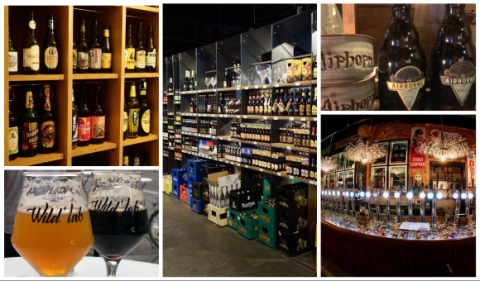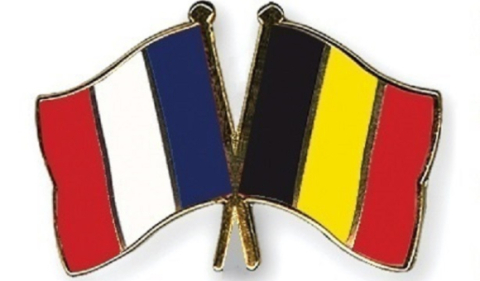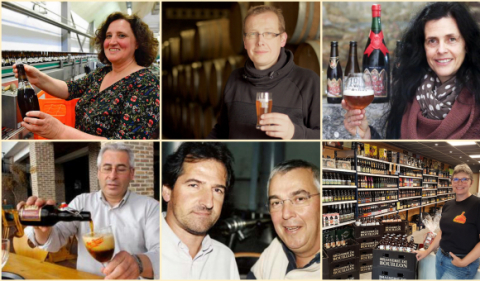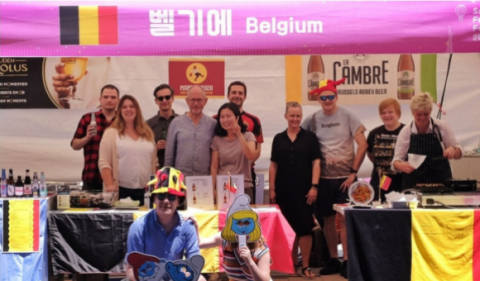Wallonia.be brand ambassadors share their experiences with you! Become an ambassador to share your experiences, your activities, and your successes on this blog.

A Celebration of Connection and Shared Culture – King’s Day Belgium 2025
ETB proudly took part as a sponsor in the Belgian King’s Day reception in Istanbul, following the

Bouillon Castle – A Journey Through a Thousand Years of History
Upon arriving in Bouillon,

Bouillon, Belgium – A Timeless Gem in the Heart of the Ardennes
In a spectacular meander of

15 must-see festivals to get a taste of Walloon craft beer
Until recently, craft beer was limited to a few specialty bars and shops, and beer lovers had to

Discover the cuisine from Wallonia and pair it with beer!
Maybe it would not be as appreciated and recognized worldwide as its french neighbor, but the wal

Five beer places you can't miss on your trip to Wallonia
With the arrival of good weather, spring is the time of year for many to plan their next vacation

Presentation by Jean-Philippe Secordel-Martin, ambassador Wallonia.be
With a grandfather born in Brussels to parents from Mons and Saint-Ghislain, although I am French

Immersion in the Heart of the Emirati Market: An Unforgettable Experience in Dubai
As part of our third year in marketing, we had the privilege of representing Skylane Optics, a Be

Neverending story of my life as an artist.
As a representative of Wallonia.be and an artist, I’d like to share a bit about my journey.

Seven key persons to understand the Walloon beer sector
According to historians, the first beers brewed in what is now Belgium date back to the 6th<

What exactly are the Walloon clusters?
We often hear about the Walloon clusters, but how many of us truly understand what they bring to...

Belgium in South Korea: The Belgian Korean Business Forum in action!
Belgians, particularly the Walloons, have a longstanding tradition of establishing networks abroad...




